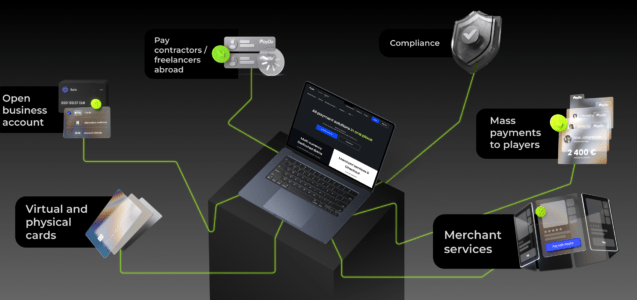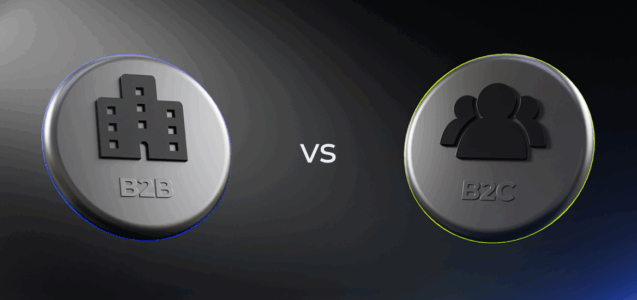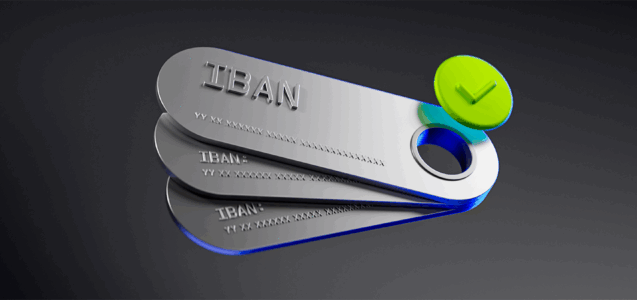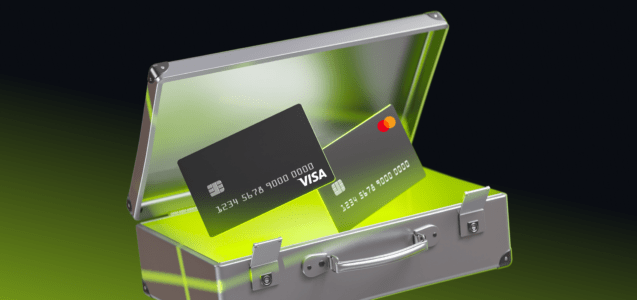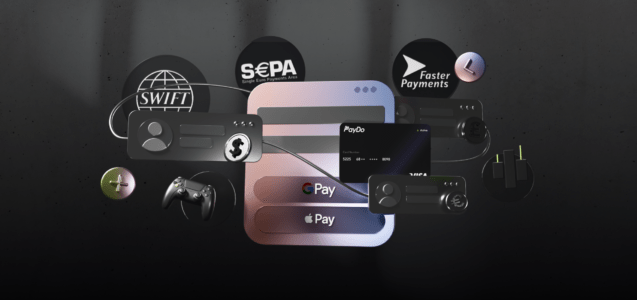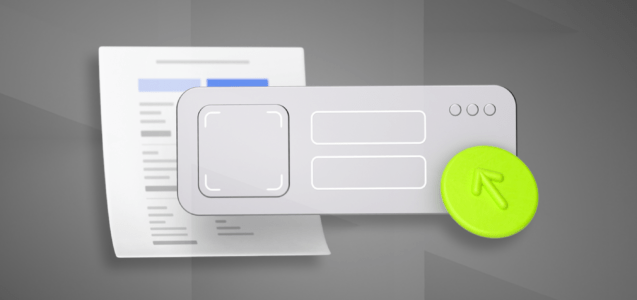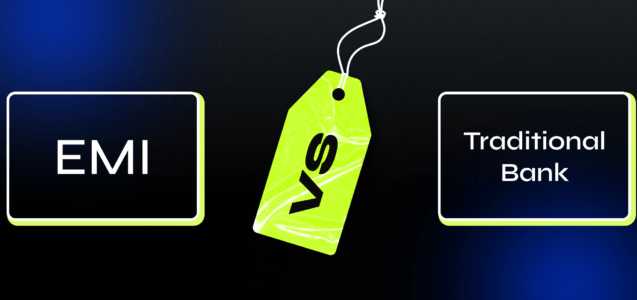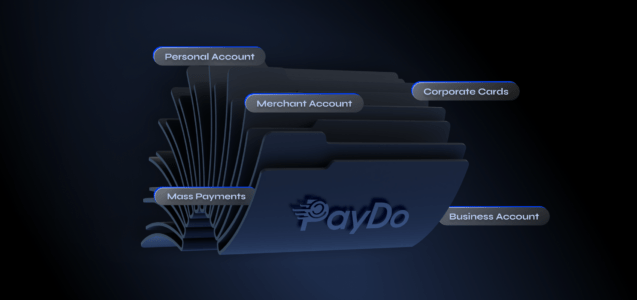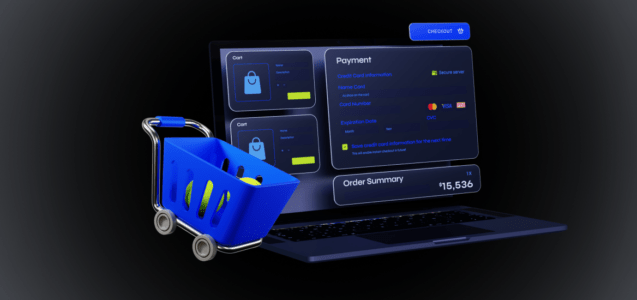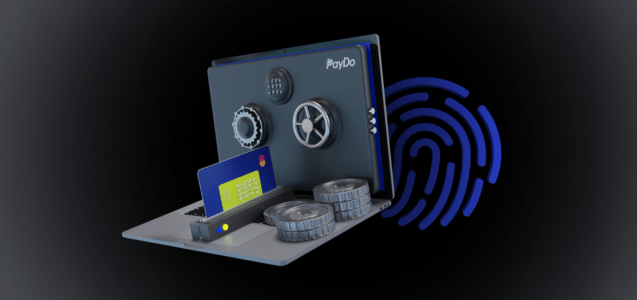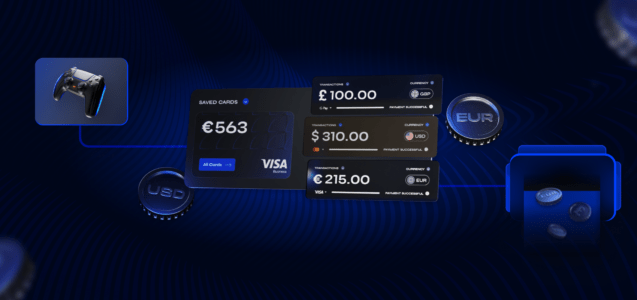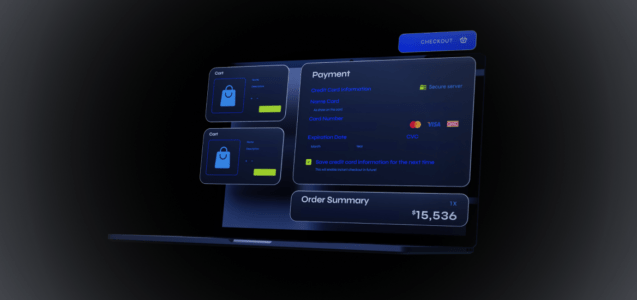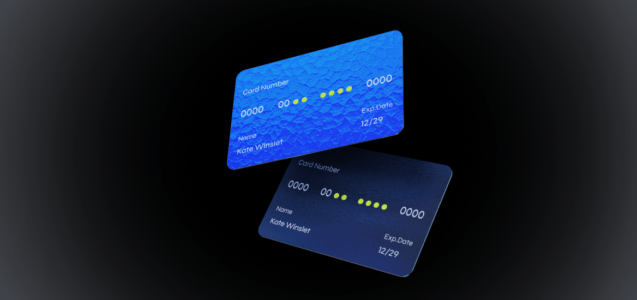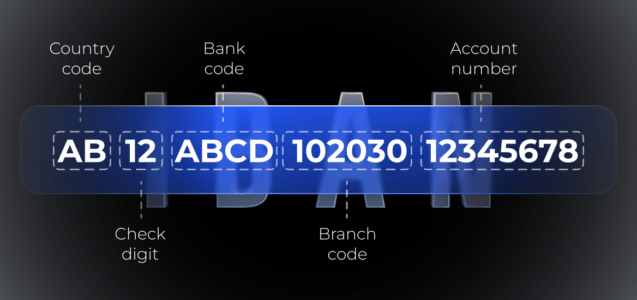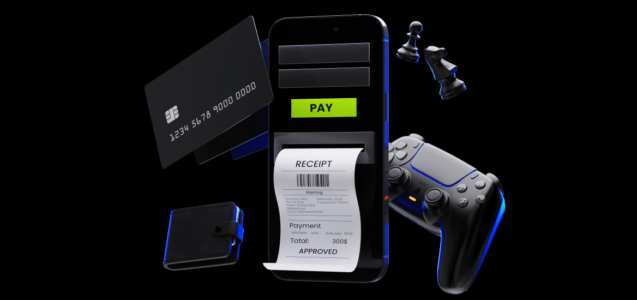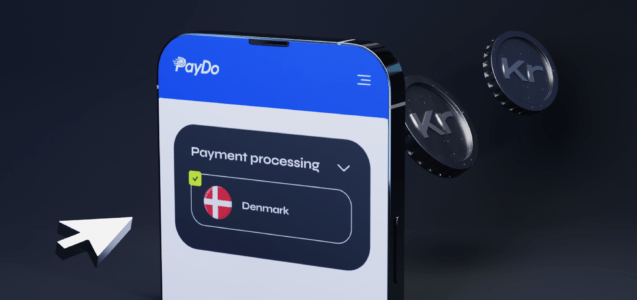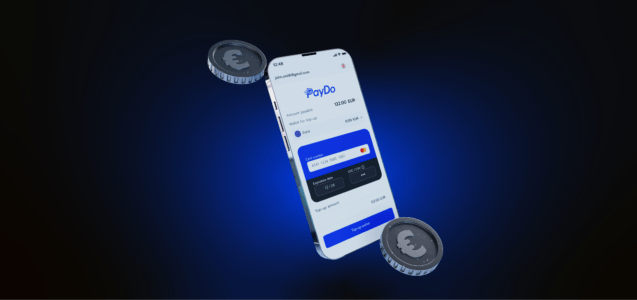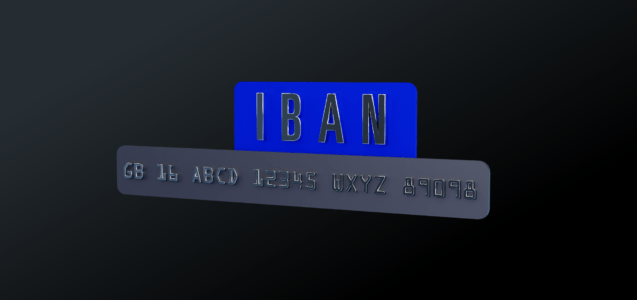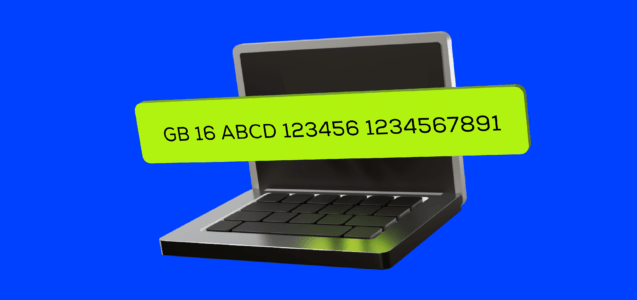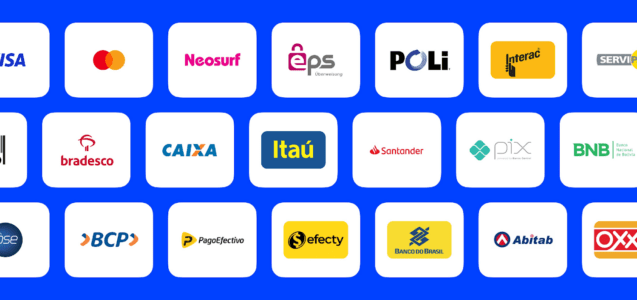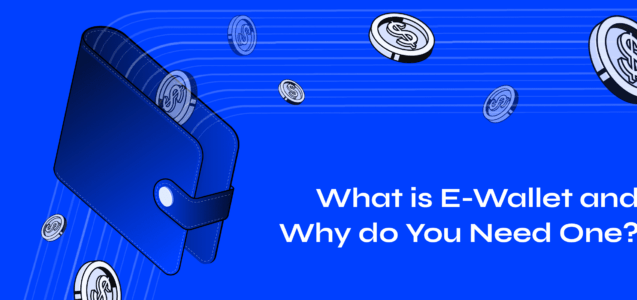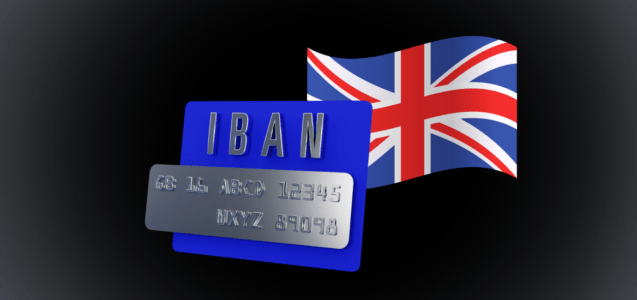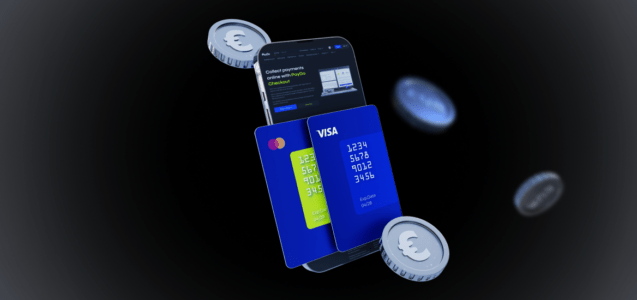The Society for Worldwide Interbank Financial Telecommunication (Cross-border) and the Single Euro Payments Area (SEPA) are two main international payment schemes for sending cross-border transfers. These play a vital role in the global financial system. Here’s some evidence to support this statement:
- According to Statista, the number of Cross-border payments processed daily reached nearly 50 million messages.
- As of 2024, instant payments account for approximately 12% of SEPA’s total credit transfer volume. Projections suggest that, with favorable regulatory changes, this could rise to 45% by 2027, significantly increasing from the current levels.
This article explores the key differences and similarities between the two payment schemes. Both systems have evolved to meet the demands of global commerce and streamline international transactions. Understanding their unique features and how they cater to different audiences can benefit businesses and individuals in today’s interconnected world economy.
What is Cross-border?
Cross-border is a system that banks worldwide use to send money and messages to each other safely. It’s like a special service helping banks communicate clearly and securely. Banks use a special code to identify each other in this system, ensuring the money reaches the right place.
This system is used for many bank transactions, including transferring money from one country to another. It’s known for being reliable, which means people can trust it to handle their money transactions without problems. Cross-border is a vital tool in the global banking world, helping to keep money moving smoothly and safely between banks in different countries.
What is SEPA?
SEPA is a system that makes sending euros between European countries easier. It was created to make all euro payments in this area as simple as paying within one’s own country. This means that whether someone transfers money to a family member in another country or makes a business transaction, it can be done quickly and easily, just like a local transfer.
SEPA covers credit transfers (like online payments), direct debits (automatic withdrawals), and card payments, making it a one-stop solution for various transactions. It’s a step towards making Europe’s financial system more united and efficient, ensuring people and businesses can move money around without fuss.
What are the main differences between Cross-border vs SEPA?
Both are systems that help people transfer money, but they work in different ways and have different features. Here are some key differences between them:
| Cross-border | SEPA | |
| Where They Operate | Operates globally, allowing money transfers in various currencies across more than 200 countries. | Focuses on European countries, specifically facilitating euro transfers among 36 member countries. |
| Scale and Reach | Used by over 11,000 banks and financial institutions globally, making it a widely used network for international transactions. | Primarily a pan-European system, helping to unify and streamline euro transactions within its member countries. |
| Transfer Details Required: | Requires detailed information, including the Bank Identifier Codes (BIC), Cross-border codes, and other specifics about the recipient’s bank. | Simplifies the transfer process, not necessitating BIC or other intricate bank details for transfers. |
| Speed and Convenience | The transfer time can be longer, especially involving multiple currencies and several intermediary banks. | Offers fast, convenient, and hassle-free transfers, often completing transactions within a business day. |
| Usage | Frequently used for various kinds of international transactions, including business and personal transfers. | Primarily used for personal and business euro transfers within the designated European region. |
Understanding these differences can help you choose the right service for your needs, whether you want to send money internationally or within Europe. It also helps in planning the transfers more effectively, considering the speed and the information required by each system.
What countries are included in the SEPA zone?
The SEPA countries include the 27 European Union (EU) member states and a few additional countries.
European Union (EU) Member States:
- Austria
- Belgium
- Bulgaria
- Croatia
- Cyprus
- Czech Republic
- Denmark
- Estonia
- Finland
- France
- Germany
- Greece
- Hungary
- Ireland
- Italy
- Latvia
- Lithuania
- Luxembourg
- Malta
- Netherlands
- Poland
- Portugal
- Romania
- Slovakia
- Slovenia
- Spain
- Sweden
Non-EU Members:
- Iceland
- Liechtenstein
- Norway
- Switzerland
- Monaco
- San Marino
- Andorra
- Vatican City
- United Kingdom
What countries use a Cross-border code?
BIC codes are used by financial institutions in virtually every country worldwide to facilitate international financial transactions. The payment scheme operates in over 200 countries and territories, encompassing a large network of banks and financial organizations globally. The geographical spread where Cross-border codes are used:
- North America. Including countries like the United States, Canada, and Mexico.
- South America. Encompassing countries such as Brazil, Argentina, and Chile, among others.
- Europe. Including nations like the United Kingdom, France, Germany, Spain, etc.
- Asia. Incorporating countries such as Japan, China, India, and South Korea, among others.
- Africa. Including countries like South Africa, Nigeria, Kenya, and more.
- Australia and Oceania. Comprising countries such as Australia, New Zealand, and several Pacific island nations.
- Middle East. Including countries like the United Arab Emirates, Saudi Arabia, and Qatar, among others.
How does Cross-border code work?
Cross-border codes play a vital role in international financial transactions. These codes are essentially the addressing system that helps in the smooth and accurate routing of money transfers between banks globally.
Such code is typically an 8 to 11-character alphanumeric code. The first 4 characters represent the bank code, the next 2 characters represent the country code, followed by a 2-character location code, and optionally, a 3-character branch code. This is how it works.
1. Identification of Parties
- Sender. A person or entity that wants to send money internationally initiates the transaction, providing the recipient’s banking details, including the Cross-border code of the recipient’s bank.
- Recipient. The person or entity that will receive the funds. Their bank’s Cross-border code is required to ensure the money reaches the correct institution.
2. Generation of Cross-border Message
- Message Creation. The sender’s bank creates a Cross-border message, which is a standardized format containing all necessary details about the transaction, including the recipient bank’s Cross-border code.
3. Transmission of Cross-border Message
- Sending the Message. The message is transmitted through the Cross-border network, a secure financial messaging service, not a funds transfer system.
4. Action by the Recipient’s Bank
- Receipt of Message. The recipient’s bank receives the Cross-border message, which contains instructions for the transaction.
- Funds Transfer. Based on the instructions in the Cross-border message, the recipient’s bank arranges the transfer of funds from the sender’s bank to the recipient’s account.
5. Completion of Transaction
- Notification and Credit. The recipient is notified, and their account is credited with the transferred amount.
Please note, if you already have PayDo Business Account, you can find Cross-border/BIC code following these instructions:
- Access your PayDo Account.
- In the dashboard, go to Account Details.
- Under the Dedicated section you will find your IBAN/Cross-border codes.
Conclusion
Cross-border and SEPA are two prominent systems facilitating money transfers, each catering to different geographical and transactional needs. It is important to understand their key differences:
- Geographical Scope. Cross-border has a broader global reach compared to SEPA’s focus on the European region.
- Currency. Cross-border facilitates multi-currency transactions globally, while SEPA is confined to euro-denominated transactions.
- Speed. SEPA generally offers faster transfer times, especially for transactions within the SEPA zone, compared to Cross-border’s varied transaction speeds.
The choice between Cross-border and SEPA transfers would depend on the transaction’s nature, with SEPA being more suitable for euro transactions within Europe and Cross-border being apt for broader international transactions.
Please contact our support team to get information on how to use both SEPA and Cross-border with PayDo.




